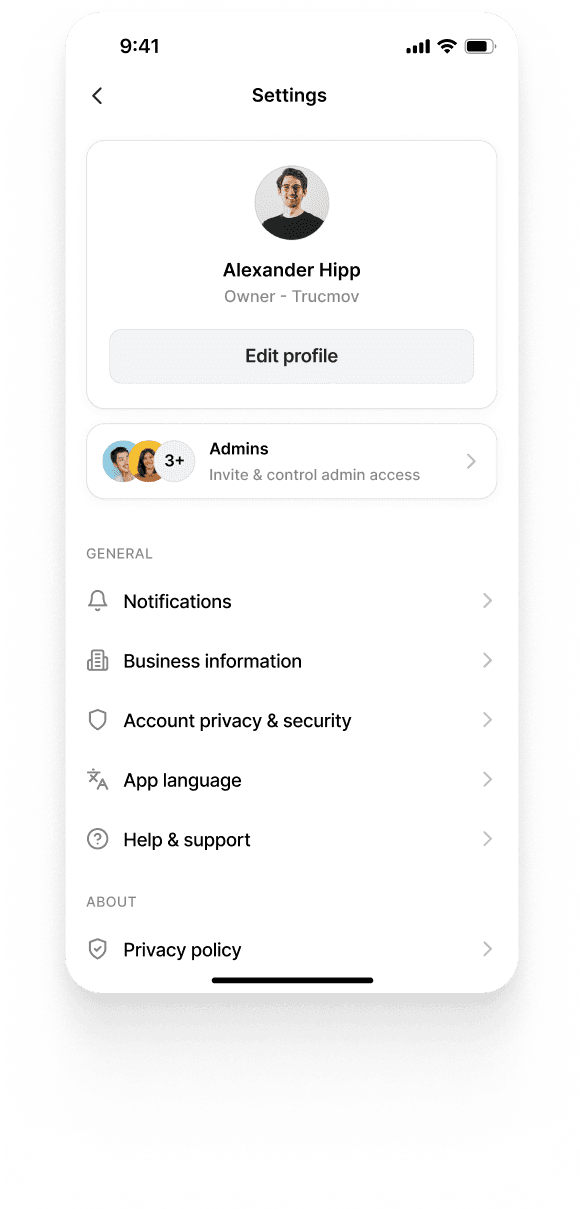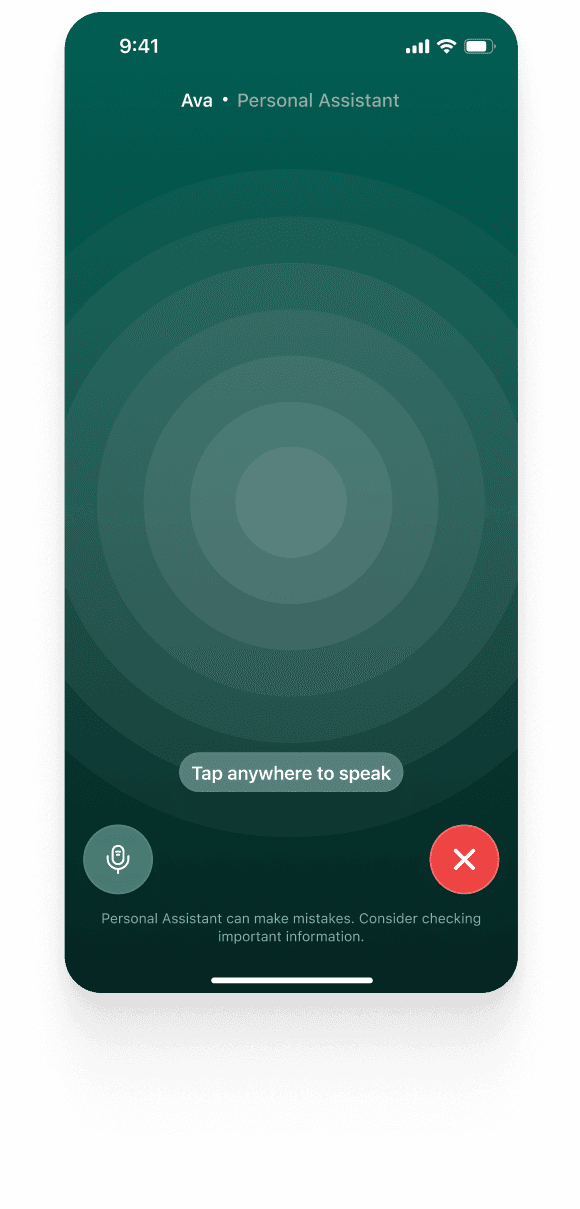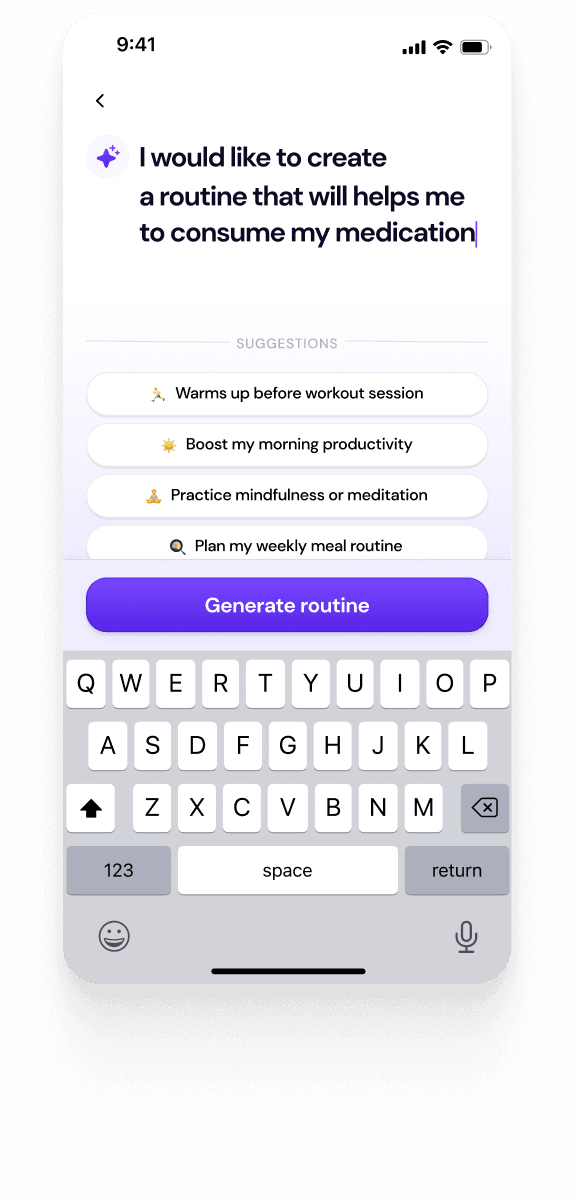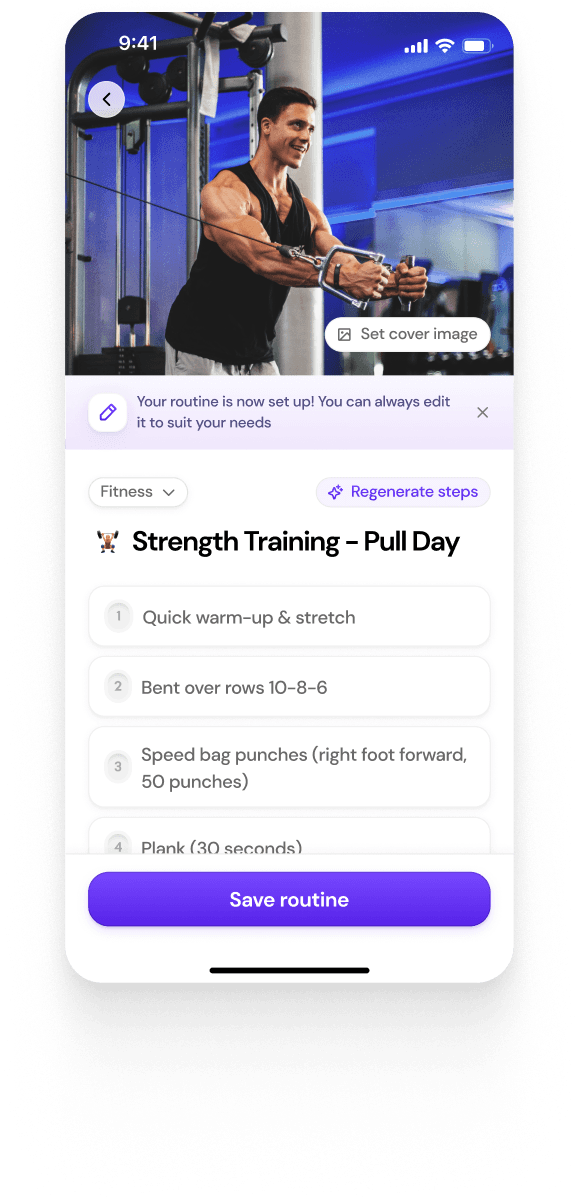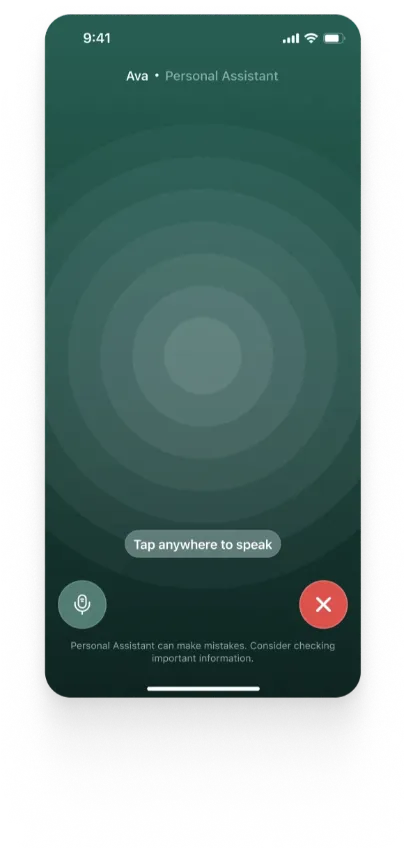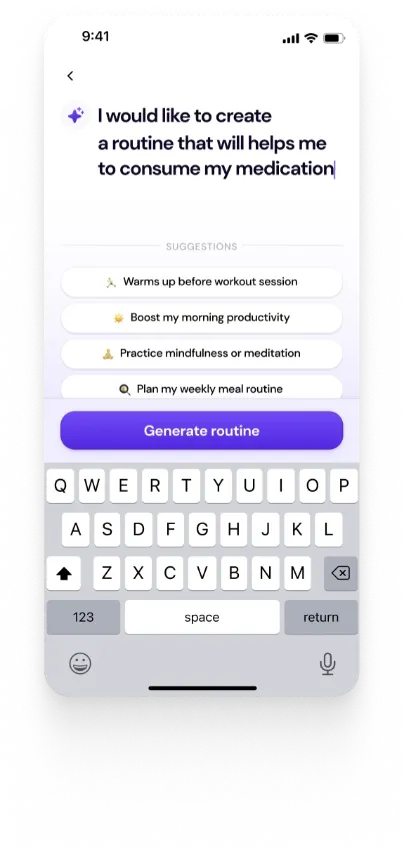Synchron Achieves Native BCI Integration with iPhone, iPad, and Apple Vision Pro
Summary
Synchron is the first to achieve native brain-computer interface (BCI) integration with Apple devices using a new BCI HID standard, enabling hands-free, mind-driven control for users—especially empowering those with motor disabilities—and positioning BCI as a mainstream input method.
Key insights:
First Native BCI Integration: Synchron’s implant now operates seamlessly with iOS, iPadOS, and VisionOS via Apple’s BCI HID protocol.
Accessibility Breakthrough: Users with severe disabilities can navigate Apple devices solely using brain signals.
Closed-Loop Interaction: Apple’s system allows two-way brain-device feedback, enhancing interface adaptability.
Real-World Applications: BCI enables tasks like browsing, emailing, or controlling smart homes through intention-based input.
Scalable Implant Design: Synchron’s minimally invasive Stentrode offers safer, more scalable implantation versus alternatives.
Strategic First-Mover Advantage: Native Apple compatibility accelerates commercialization and secures leadership in consumer BCI tech.
Introduction
Synchron, a leading brain-computer interface (BCI) startup, has become the first company to achieve native integration between a BCI and Apple’s devices. Apple officially recognized brain interfaces as an input method for the iPhone, iPad, and the impending Apple Vision Pro headset by introducing a new Brain-Computer Interface Human Interface Device (BCI HID) protocol. With this advancement, customers who have Synchron's BCI technology implanted can now operate Apple devices solely with their thoughts, eliminating the need for voice commands or physical movement. Along with touch, voice, and typing, it successfully adds brain signals to the list of common device inputs, marking a significant advancement in accessibility and human-computer interface.
Apple Embraces Brain Signals as Native Input
Apple’s support for BCI input is a technical breakthrough that elevates brain signals to a native input status on its platforms. Devices running iOS, iPadOS, and VisionOS can now handle neural commands in the same way as keyboard keys or touch events, thanks to the new BCI HID profile. Native integration refers to the fact that Synchron's implant interacts with Apple's integrated accessibility features—most notably the Switch Control system—as a recognized device without the need for special external interfaces. Switch Control, which has historically been used with assistive switches to scan objects on the screen, may now be controlled by brain impulses. This means that a person can use their thoughts alone to navigate and make choices on an iPhone or iPad. For people with severe motor disabilities (such as ALS, stroke, or spinal cord injuries), this hands-free, mind-driven control is extremely revolutionary because it allows them to use smartphones, tablets, and even augmented reality interfaces entirely hands-free and voice-free.
Beyond simply replicating touch or voice, Apple’s BCI integration opens the door to richer two-way interaction between the brain and devices. The BCI HID standard enables bidirectional communication, which means that the device can transmit contextual information (such as UI layouts or visual cues) back to the BCI system, in contrast to previous assistive technology that merely imitated mouse or touch inputs. With the use of this closed-loop feedback, Synchron's neural implant and decoding software may adjust their performance according to what is displayed on the screen, gradually improving the interface's usability. This is "a defining moment for human-device interaction," according to Dr. Tom Oxley, CEO and co-founder of Synchron. He stated that BCI has evolved from a specialized assistive device to a "next-generation interface layer" that is comparable to well-known inputs like voice assistants and touchscreens. With Apple’s platform now officially welcoming brain inputs, the technology is poised to mature faster as part of the consumer electronics ecosystem rather than remaining in research labs.
Hands-Free Interaction: Use Cases and Impact on HCI
The immediate use cases for Synchron’s mind-controlled interface are in accessibility, granting digital autonomy to those who cannot rely on hand gestures or speech. With just their brain impulses, people with paralysis or restricted mobility can produce letters, browse the web, and even create artwork. For instance, they can just imagine picking or swiping and have the device reflect these actions. An ALS patient who had Synchron's implant was able to operate an Apple Vision Pro headset last year using only their thoughts. The patient would use the eye-tracking feature of the device to look at interface elements and "click" on items by visualizing a pinching motion with their hand, thereby substituting a mental command for the pinching motion. In practice, this type of hands-free control that combines mind-driven clicking with eye-tracking for gaze selection worked well. People with severe disabilities can fully participate in a mixed-reality environment using only eye movements and neurological impulses, demonstrating an empowering scenario for extended reality (XR) technology. As more AR/VR headsets with comparable features are developed, this combination of accurate eye-tracking may become the standard XR input method for those with severe mobility impairments.
Beyond personal device use, the integration hints at broader human-computer interaction implications. In a recent demonstration in partnership with Nvidia, Synchron demonstrated how a user may control smart home appliances (such as lighting, speakers, and robot vacuums) with Apple's Vision Pro, once more relying just on eye concentration and brain impulses. This shows how intention-based interfaces will spread into the Internet of Things (IoT) and environmental control in the future, bringing us one step closer to a sci-fi-style synergy between technology and human cognition. These developments imply that designing for cognitive input will emerge as a significant new area for the IT community. Since a breakthrough that allows someone with quadriplegia to create an email by thought could someday streamline workflows for a wider audience in hands-busy or eyes-free settings, the principles learnt from accessibility are likely to have an impact on mainstream design.
Apple's implementation of BCI support gives this modality legitimacy and inspires developers and UX designers to begin investigating interactions that were previously thought to be experimental. By lowering the barrier between intent and action to almost zero, the incorporation of brain input is a step toward more effortless and natural computing experiences with regard to its influence on HCI paradigms.
Crucially, the benefits for people with disabilities are front and center. The goal of this development, according to advocates, is to redefine what is possible for people with disabilities and to restore abilities that have been taken away by disease or accident. It is not simply about convenience. Apple is "championing new standards… that benefit lives in meaningful ways," according to a spokesperson of Team Gleason, a foundation for ALS sufferers, who praised the announcement as a significant development in accessibility and innovation. Technology such as Synchron's BCI can assist people in regaining their sense of freedom and connection by facilitating communication and creativity through well-known consumer gadgets. The integration with popular Apple products is key: rather than using a specialized assistive computer, patients can use the same iPhone or iPad that everyone else uses, which fosters inclusion. The integration with well-known Apple products is crucial because it promotes inclusion by allowing patients to use the same iPhone or iPad that everyone else uses, instead of a specialized assistive computer. The learning curve is further lowered because users may use the BCI to traverse standard apps and interfaces rather than being restricted to limited-purpose software, thanks to this type of native OS-level compatibility. All of these elements suggest that brain-based interfaces may eventually gain traction as a standard choice in the UX toolbox, first as an aid for accessibility and then possibly as an improvement for everybody.
Synchron’s Technology and Strategic Significance
Synchron’s path to this milestone has been marked by a distinctive technical approach and savvy positioning in the BCI industry. The StentrodeTM, a small mesh-like electrode device that may be inserted into the brain's blood arteries without the need for open brain surgery, is the company's primary endovascular BCI implant. It was founded in 2016 by neurologist Dr. Tom Oxley. Compared to competitors like Neuralink that need drilling into the skull, this method, which is inserted through the jugular vein, significantly lessens the invasiveness of the surgery. Neural impulses from the motor cortex are picked up by the Stentrode and sent to a wearable transmitter on the chest. The transmitter then forwards the data to an external processor so that it can be decoded into commands. Synchron was the first BCI firm to start human clinical trials of a permanently implantable device in 2019 because of this comparatively patient-friendly implant approach. In addition to increasing safety, avoiding open brain surgery also greatly increases the technology's scalability, which is crucial if BCIs are to eventually be used by millions of patients.
Being the first to integrate with Apple’s BCI protocol gives Synchron a significant first-mover advantage at the intersection of neurotech and consumer tech. In terms of strategy, it establishes the business as a leader in integrating BCIs into daily life and out of the lab. To guarantee that its implant will pair with iPhones and iPads without any issues, Synchron collaborated closely with Apple's developers to offer input during the creation of the BCI HID standard. The end effect is a cohesive experience in which a brain implant functions essentially like any other Bluetooth input device, with the exception that it is mind-controlled. This native compatibility speeds up Synchron's commercialization timetable; according to the company, integrating with iOS and VisionOS would "accelerate[e] Synchron's commercialization path" and immediately bring value for patients in ongoing clinical studies. As evidence of how near the technology is to practical use, restricted rollouts of the iPhone/iPad connection are scheduled with trial participants later this year (2025). While other BCI developers are still in the testing phase, this could give Synchron an advantage in obtaining user feedback and improving the product for a wider release.
Synchron’s leadership in this space is underscored by strong backing and a forward-looking vision. Tech titans Jeff Bezos and Bill Gates are among the company's investors, demonstrating their faith in Synchron's strategy for developing scalable BCIs. The market for brain-computer interfaces is expected to grow to an estimated $400 billion in the future, according to Morgan Stanley, and Synchron's accomplishments put it in a strong position to take a sizable chunk of this new market. In addition to gaining prominence, Synchron sets industry standards by partnering with Apple. A "single environment for brain interaction," where any BCI may function across platforms and devices, is the company's stated overarching objective. In other words, much as Bluetooth or USB standards allowed for widespread peripheral compatibility, today's Apple integration is a first step toward making brain-based control globally interoperable. Such a vision is tactically astute: instead of securing its success with a single proprietary system, Synchron is advocating for an open strategy that may establish its technology as the foundation for several BCI applications in the future.
From Apple’s perspective, partnering with Synchron fits into a strategy of championing accessibility and exploring cutting-edge interface tech. Adding brain-interface support keeps Apple ahead of the curve, as its products have long been praised for their accessibility features. Additionally, it is a subtle admission that neural input might be the next paradigm of human-computer interaction, and Apple wants to make sure its ecosystem is prepared for that change. Apple successfully urges the entire developer community to begin considering neural accessibility and possibly even innovative app experiences that utilize thought-based control by formally supporting a BCI device. For the time being, Synchron's lead with Apple puts it at the forefront of BCI innovation, but this partnership may encourage competitors to think about similar connections.
Conclusion
Synchron’s native integration with iPhone, iPad, and Apple Vision Pro stands as a landmark achievement for both the company and the broader BCI field. It marks the merging of consumer electronics and medical technology, making mind-controlled computing a reality for those who need it most. Apple's openness to broaden its interface paradigms and Synchron's inventive implant design made it possible to consider brain impulses as a first-class input method, which is where the technical relevance rests. In terms of strategy, it solidifies Synchron's position as a pioneer, quickening its route to market and establishing a standard that other companies in the industry would strive to meet. Perhaps more significantly, this discovery has significant human ramifications: it forces designers to reconsider how we use technology at the most basic level and enables individuals with impairments to re-engage with the world using common technologies. The distinction between thinking and action will become increasingly blurred as brain-computer interfaces develop further, and Synchron's partnership with Apple has significantly accelerated that future.
Authors
References
Ha , Kimberly . “Synchron to Achieve First Native Brain-Computer Interface Integration with IPhone, IPad and Apple Vision Pro.” Businesswire, 13 May 2025, www.businesswire.com/news/home/20250513927084/en/Synchron-To-Achieve-First-Native-Brain-Computer-Interface-Integration-with-iPhone-iPad-and-Apple-Vision-Pro.
Heaney, David. “Apple Vision pro Is Getting Brain-Computer Interface Support.” UploadVR, 13 May 2025, www.uploadvr.com/apple-vision-pro-getting-bci-brain-computer-interface-support.
https://newatlas.com/author/abhimanyu-ghoshal. “You Could Soon Control an IPhone with Your Thoughts, Using Apple’s New Accessibility Option.” New Atlas, 14 May 2025, newatlas.com/technology/apple-brain-computer-interface-control-phone-thoughts-synchron.
thomai tsimpou I designboom. “Apple Users Will Be Able to Control Their IPhones with Just Their Minds.” Designboom | Architecture & Design Magazine, 14 May 2025, www.designboom.com/technology/synchron-brain-implant-users-iphones-ipads-minds-apple-05-15-2025.


















